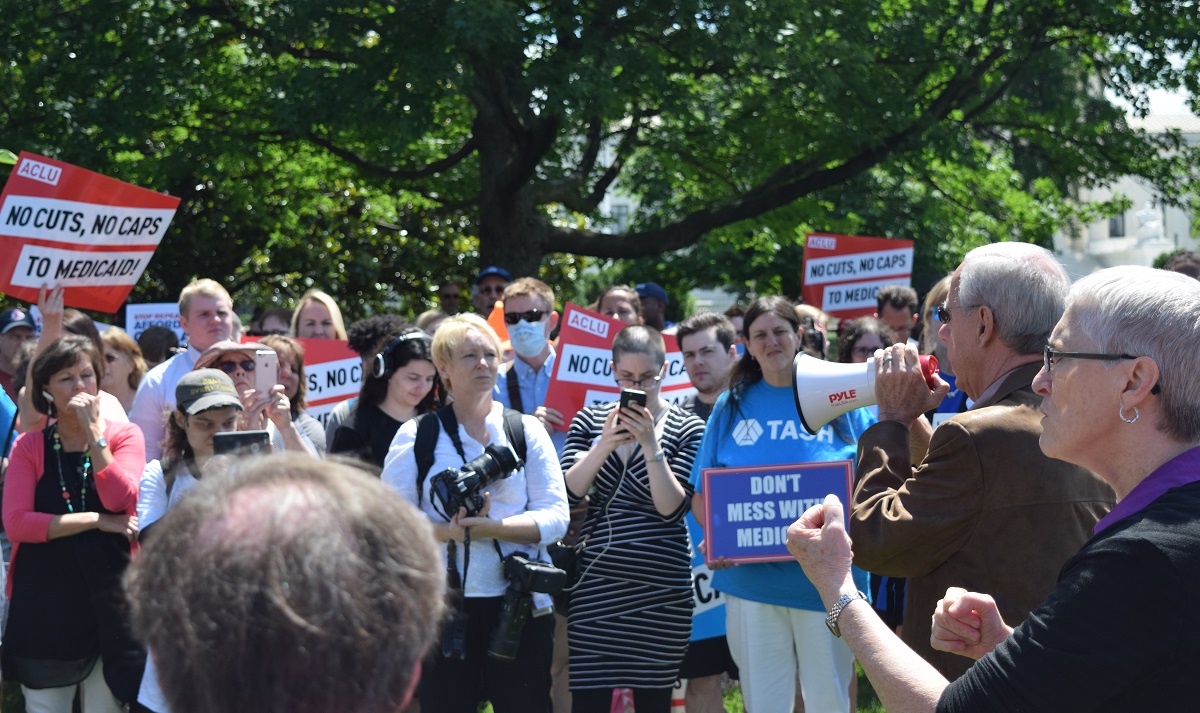Connections - 09.29.21
The Results Are In, and America’s Direct Support Workforce Crisis is Only Getting Worse

Share this page
Stay Informed on the Latest Research & Analysis from ANCOR
More News
Capitol Correspondence - 04.02.24
Administration for Community Living Unveils NIDILRR Toolkit to Empower Stakeholders in Disability Research and Development
Stateside Report - 04.01.24
Stateside Report: April 01, 2024



